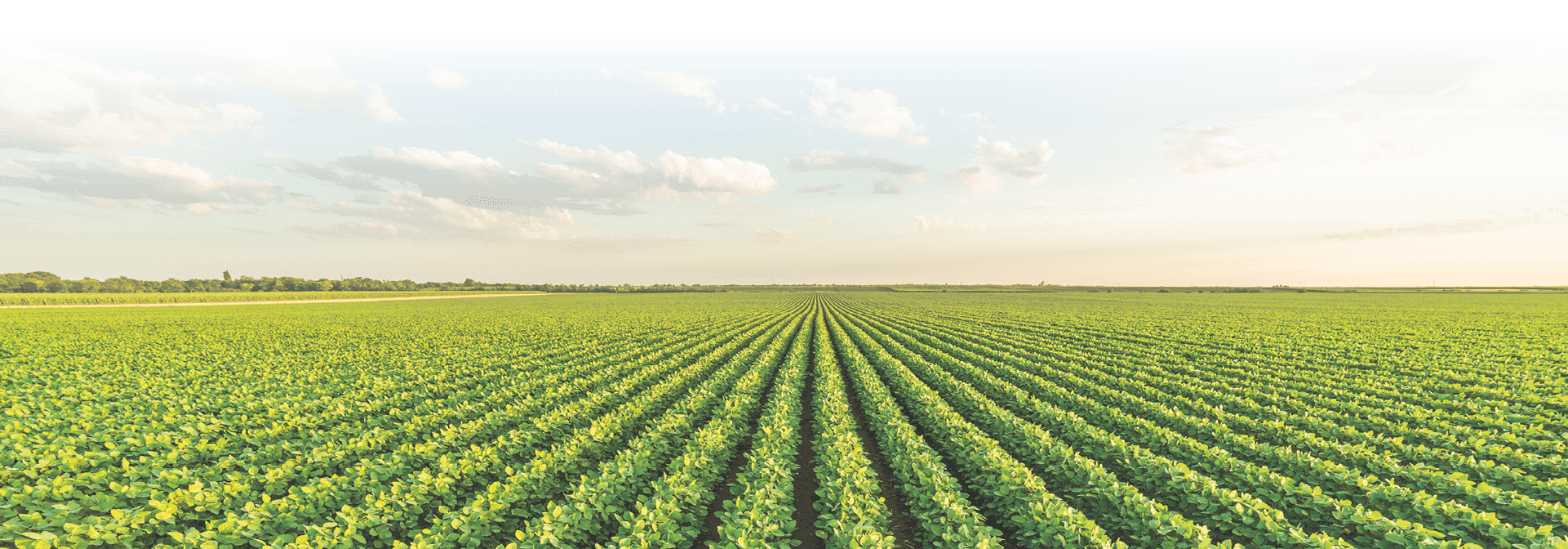Financial performance
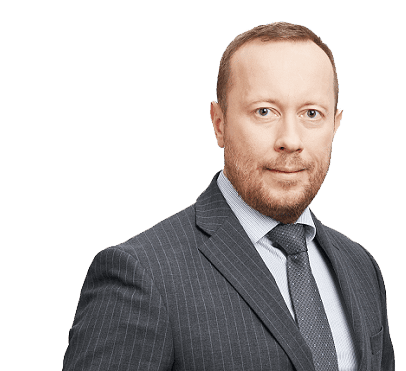
In the reporting year, we faced multiple challenges, many of which were by all means unprecedented. Despite these headwinds, our high production efficiency and a balanced financial policy along with the favourable pricing environment on global markets helped the Company deliver strong financial results.
Increased fertilizer production and sales spurred a revenue rise in excess of 35%
y-o-y . Revenue growth outpaced the increase in production costs, which were up by circa 23%y-o-y. With these drivers in place, the Company was able to increase adjusted EBITDA by 39%
y-o-y , while adjusted net profit improved by 40%.Adjusted free cash flow increased by 81% to more than RUB 141 bln as a result of both improved sales margins and strong working capital management.
PhosAgro’s strong y-o-y performance contributes to ensuring its robust financial stability. As at 31 December 2022, our net debt / adjusted EBITDA ratio was 0.68x, way below the 2x threshold that we consider comfortable. Importantly, it continued to decline throughout 2022 (down from 0.8x at the end of 2021 and 1.8x in December 2020).
With investors’ confidence in our production and financial strategy and the management team, PhosAgro successfully held a vote among its Eurobond holders to amend the relevant issuance documentation so as to continue honouring its public debt commitments to the holders of bonds recorded both in Russia and abroad.
Alexander Sharabaika Deputy CEO for Finance and International Projects
Key external drivers of financial results
Other drivers of PhosAgro's strong financial performance in 2022 along with an increase in sales and competitive cost levels include:

underpinned in part by stronger demand for forage crops, which itself was partially caused by the recovery of hog production in China after the swine flu epidemic in 2018–2019
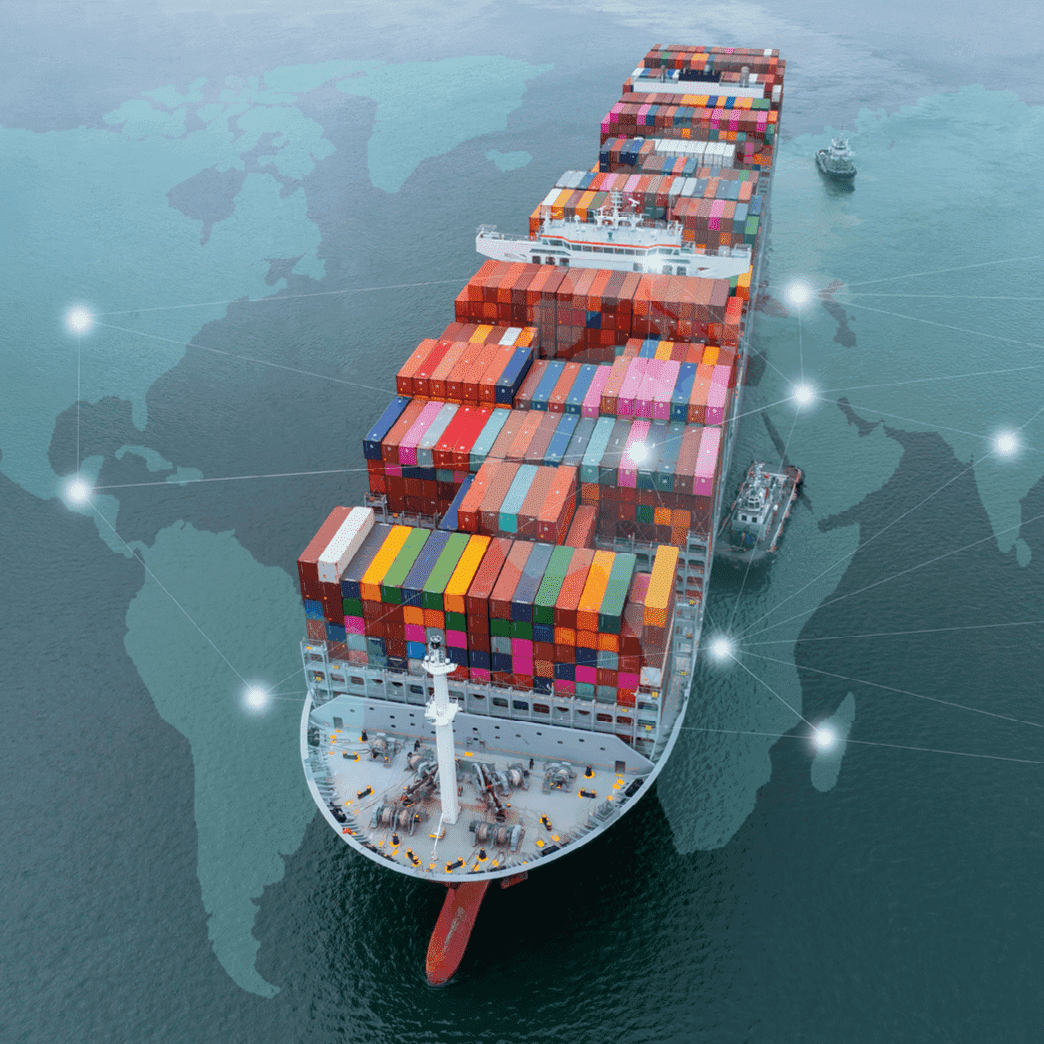
of phosphate-based fertilizers from China to bolster domestic supply and introduction of fertilizer export quotas in Russia

especially to India, due to stronger government support for agriculture (increase in subsidies) and favourable weather conditions
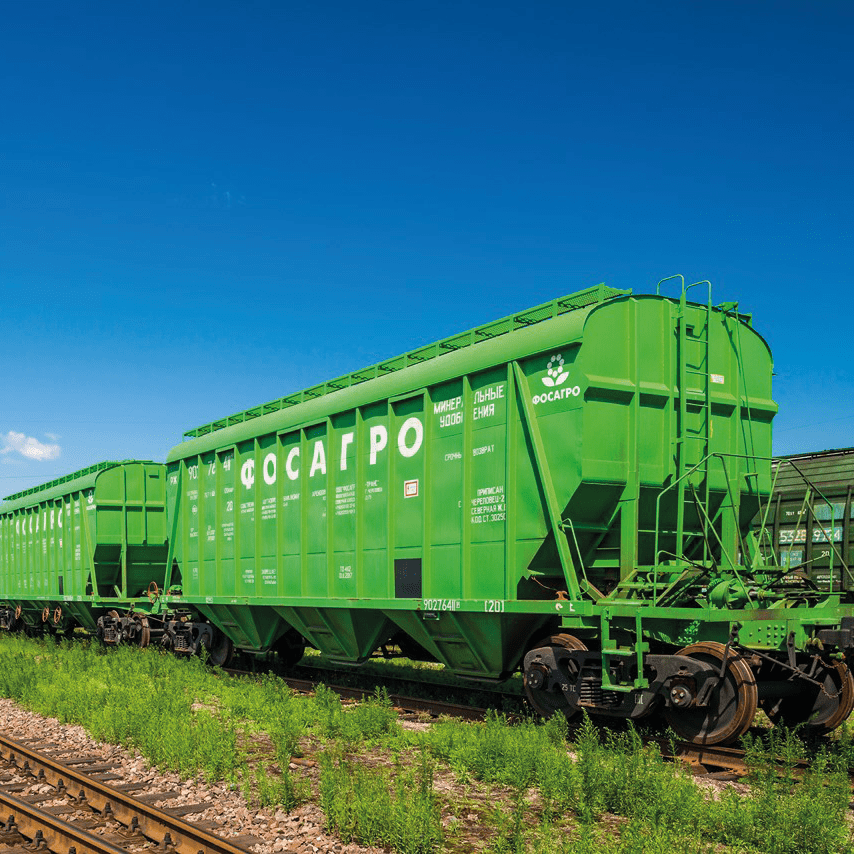
caused on the global market by supply disruptions and an increase in raw materials prices
Revenue for 2022 grew by 35.4%
Higher average sales prices on global markets and a shift in the sales mix towards a greater share of higher-margin fertilizers, which are consistently popular among farmers, also contributed to the revenue increase.
In 2022, cost of sales grew by 22.9%
Raw materials costs added 70.5%
Despite the higher costs, PhosAgro remains one of the industry's most efficient players and leads the pack globally in terms of production costs. The main way we ensure effective cost control is by sourcing the key inputs and materials from domestic suppliers.

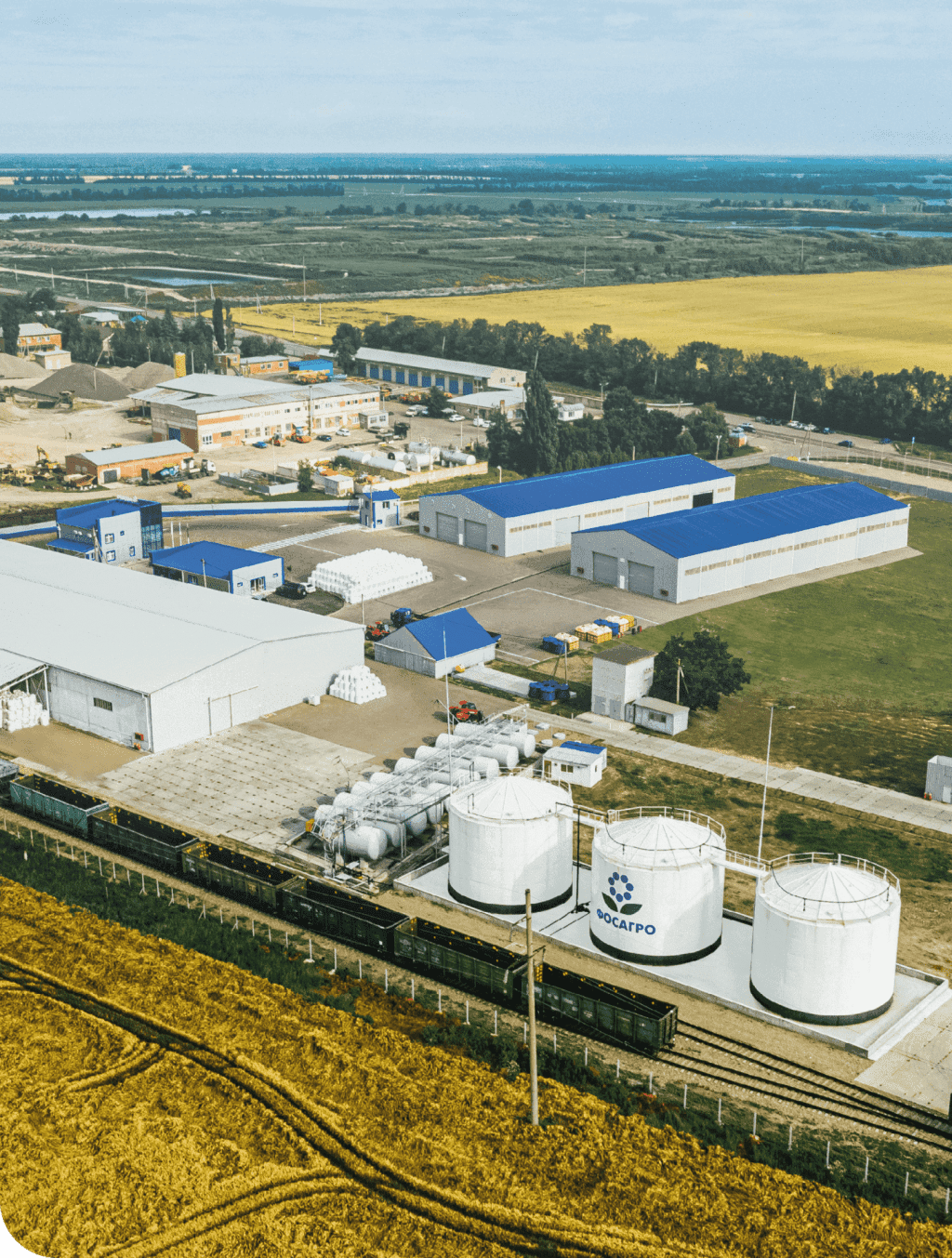
Capital investments (including capitalised repairs) for the year amounted to RUB 63 bln and were mainly focused around completing the construction of a large production facility in Volkhov, developing the ore and raw material base in Kirovsk, developing production capacities in Balakovo, and maintaining production facilities across all process stages, from mining and processing of raw materials to producing finished products.
Net debt as at 31 December 2022 increased
Our commitment to maintaining high credit quality and ensuring timely debt servicing continues to be a priority for the Company.
In 2022, PhosAgro’s Board of Directors approved the Company’s Tax Strategy. Our approach to taxation was developed in accordance with the Company’s Strategy to 2025 and combines social responsibility for developing and maintaining the well-being of regions across PhosAgro’s footprint, minimising tax litigation risks, and maximising the use of the Company’s leverage toolkit stipulated by law for actively investing companies, in particular Investment Protection and Promotion Agreements and Special Investment Contracts.
Our approach to tax management, participation in shaping government tax policy, and organisational arrangements pertaining to the exercise of tax functions at PhosAgro is described in the Company’s Tax Strategy.
For the list of tax jurisdictions where the entities included in the Group’s consolidated financial statements are resident for tax purposes, and the details of taxes payable in each jurisdiction, please see page 394. In March 2022, the Group lost control over all of its foreign subsidiaries, therefore the 2022 figures for these companies in the table above are presented for the period before the loss of control.
